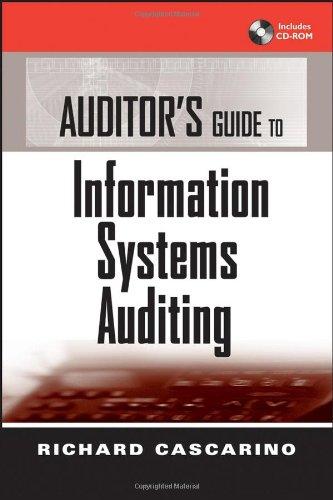Question
data table requirements part 1 part 2 Requirement 2. Prepare a perpetual inventory record using FIFO Start by entering the beginning inventory balances. Enter the
data table

requirements

part 1


part 2
Requirement 2. Prepare a perpetual inventory record using FIFO
Start by entering the beginning inventory balances. Enter the transactions in chronological order, calculating new inventory on hand balances after each transaction. Once all of the transactions have been entered into the perpetual record, calculate the quantity and total cost of inventory purchased, sold, and on hand at the end of the period. For cost of goods sold, enter the first layer out under FIFO costing first. For inventory on hand, enter the oldest inventory layer first.

part 3
Prepare a perpetual inventory record using LIFO. Start by entering the opening inventory balance. Enter the transactions in chronological order, calculating new inventory on hand balances after each transaction. Once all of the transactions have been entered into the perpetual record, calculate the quantity and total cost of inventory purchased, sold, and on hand at the end of the period. (For cost of goods sold, enter the first layer out under LIFO costing first. For inventory on hand, enter the oldest inventory layer first.)

part 5
Prepare a perpetual inventory record using average cost. Round average cost per unit to the nearest cent and all other amounts to the nearest dollar. Start by entering the opening inventory balance. Enter the transactions in chronological order, calculating new inventory on hand balances after each transaction. Once all of the transactions have been entered into the perpetual record, calculate the quantity and total cost of inventory purchased, sold, and on hand at the end of the period. (Round average cost per unit to the nearest cent and all other amounts to the nearest dollar.)

Step by Step Solution
There are 3 Steps involved in it
Step: 1

Get Instant Access to Expert-Tailored Solutions
See step-by-step solutions with expert insights and AI powered tools for academic success
Step: 2

Step: 3

Ace Your Homework with AI
Get the answers you need in no time with our AI-driven, step-by-step assistance
Get Started


